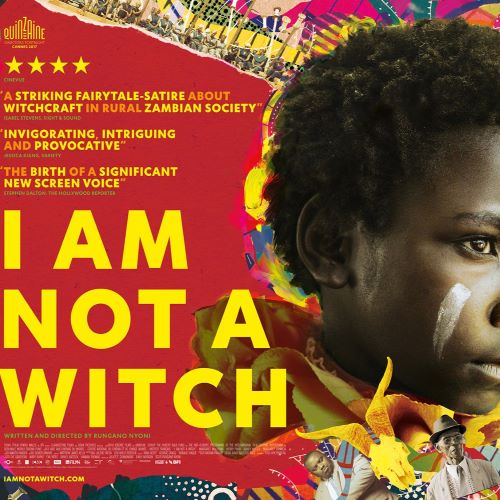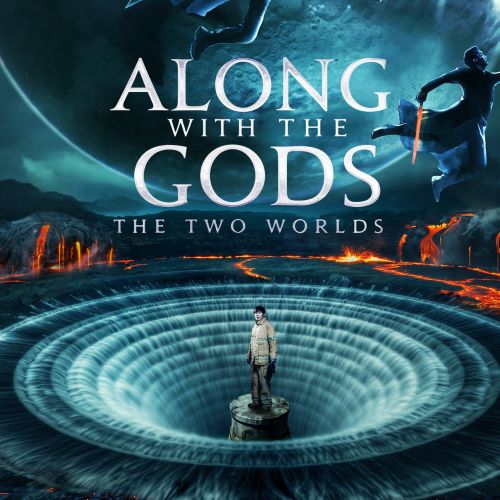November (2017)
| Description | |
|---|---|
| Country of Origin | Estonia |
| Language | Estonian |
| Genre | Horror |
| Cast | Rea Lest, Jörgen Liik, Arvo Kukumägi, Katariina Unt, Taavi Eelmaa |
| Directed by | Rainer Sarnet |

The 2017 Estonian film November, directed by Rainer Sarnet, is a visually mesmerizing and narratively rich exploration of folklore, myth, and the spectral elements that shape human experience. Set in a remote Estonian village during the 19th century, the film immerses viewers in a world where the natural and supernatural coexist seamlessly, revealing a culture deeply entwined with mythological beliefs. The story follows villagers grappling with love, desire, and mortality while being surrounded by witches, shape-shifting spirits, and the devil himself, whose presence looms over the frozen landscape. What makes November extraordinary is how it blends historical reality with Estonian mythology, turning folklore into living, breathing characters that interact with humans in hauntingly surreal ways. The villagers’ attempts to manipulate fate, whether through magical bargains or rituals, highlight a worldview in which the supernatural is an accepted, tangible force influencing daily life.
Mythological elements permeate the film, from the eerie black crows that symbolize death and omens, to the mystical beings that haunt forests and frozen swamps, reflecting an ancient understanding of nature as alive with spirits. Sarnet’s use of visual storytelling evokes the feeling of old folk tales, where each shadow and snow-covered landscape carries symbolic weight. The witches’ rituals, the presence of the devil, and the recurring shape-shifting motifs serve as reminders of Estonia’s rich mythological heritage, rooted in pre-Christian pagan traditions. Love and longing are not exempt from these forces; the central romance in November is intertwined with superstition, curses, and magical interventions, emphasizing that human emotions are inseparable from the spiritual and mythic context in which they exist.
The film’s black-and-white cinematography, punctuated with striking muted colors, enhances the otherworldly atmosphere, making every scene feel like a moving illustration from an ancient folktale. Through its mythological lens, November examines themes of fate, death, and the cyclical nature of life, showing how human choices are often powerless against supernatural currents. The integration of folklore is not superficial; it shapes characters’ motivations, moral choices, and even the visual grammar of the film, reinforcing a worldview where the living coexist with spirits in a delicate, uneasy balance. November is, therefore, more than a historical drama or romantic tale—it is a cinematic meditation on Estonia’s mythological soul, capturing the dark humor, sorrow, and mystical awe embedded in its cultural heritage.







